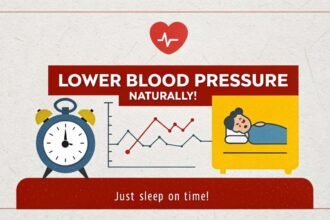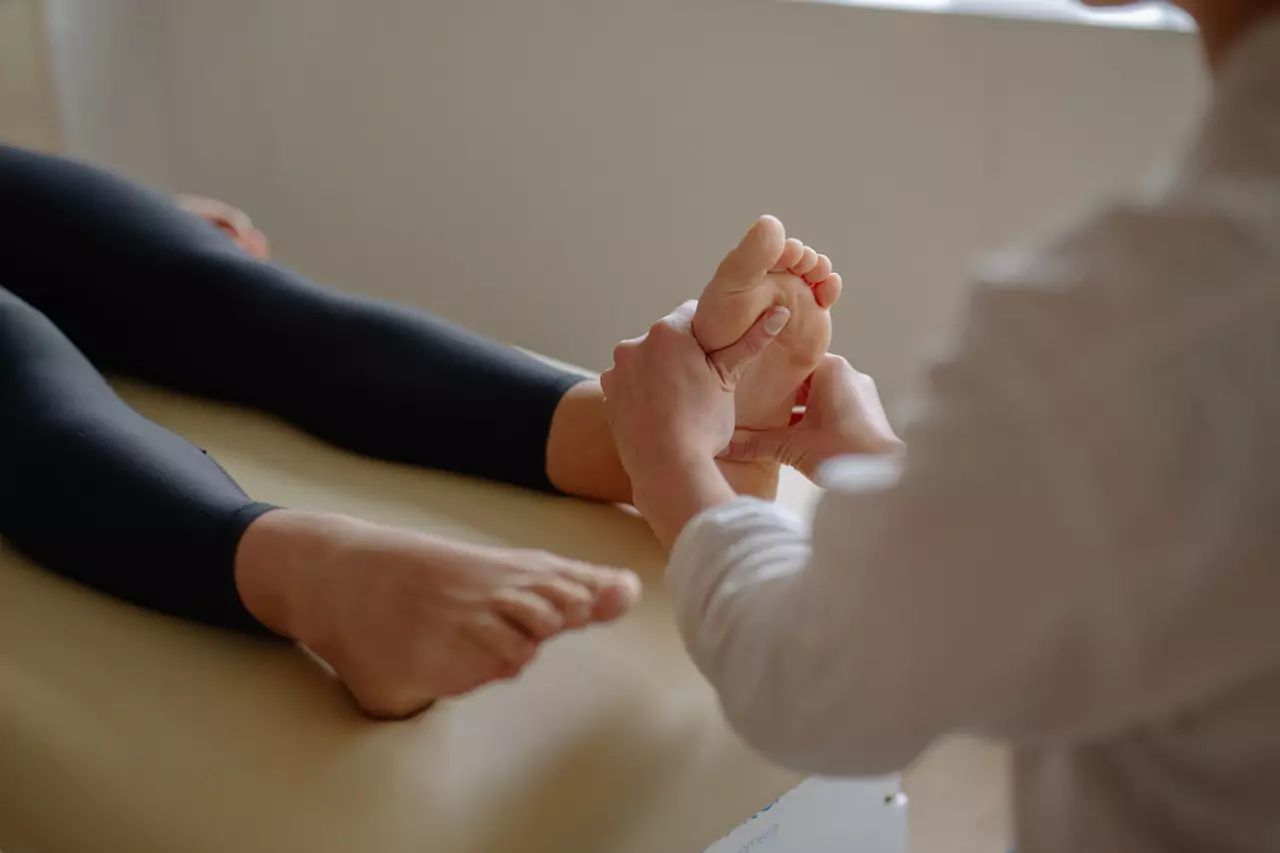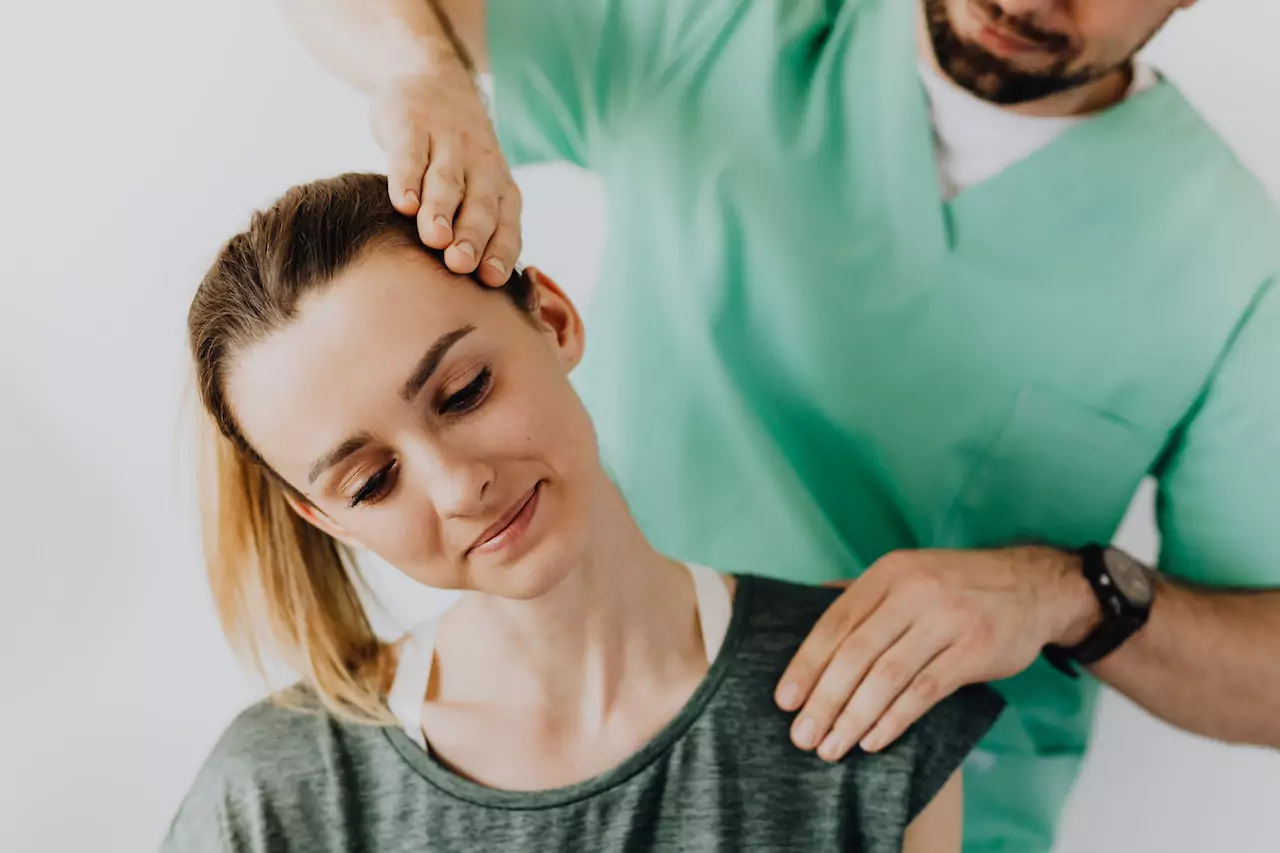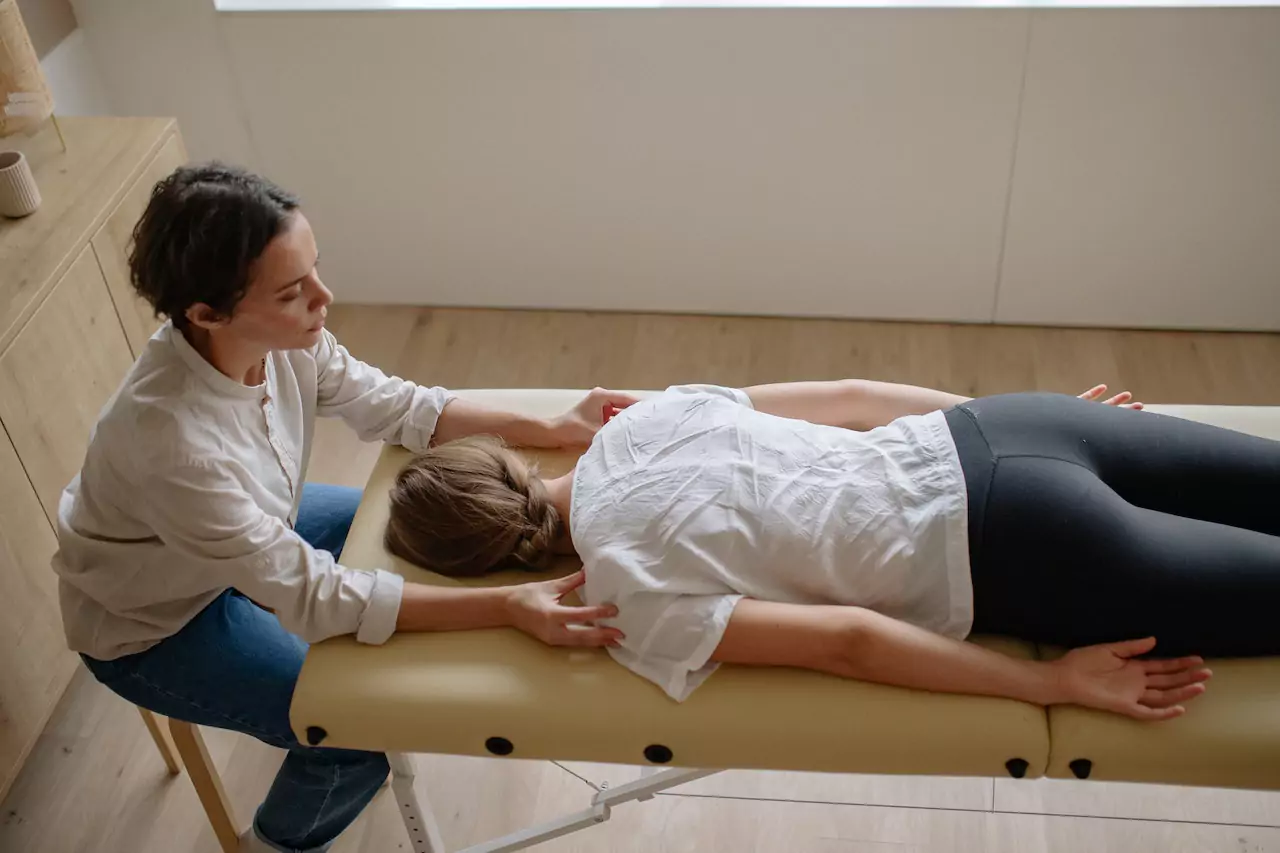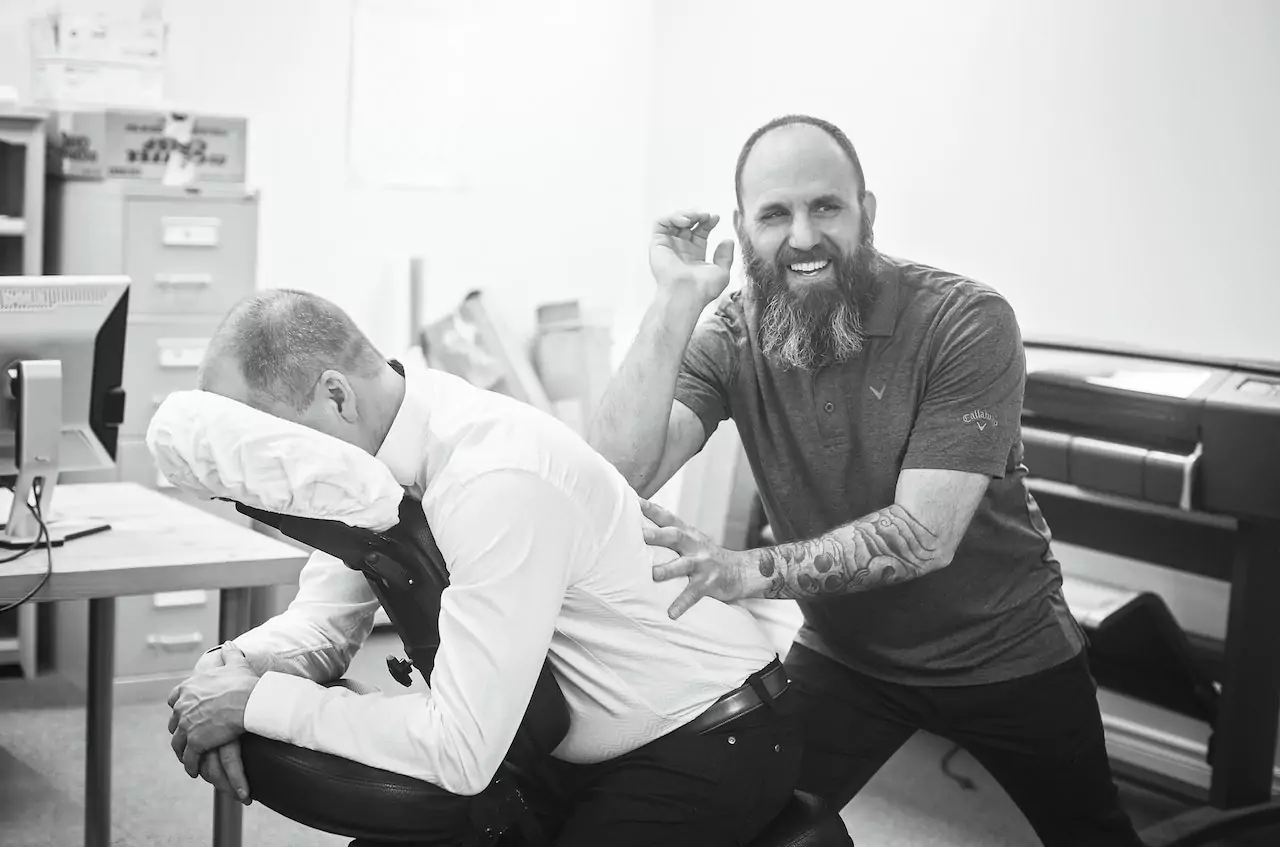Shoulder pain and pinched nerves affect quality of life. These disorders can impair daily activities and sports. Physical therapy reduces pain, improves range of motion, strengthens, improves posture, and prevents further damage.
This article discusses the benefits of physical therapy for shoulder discomfort and pinched nerves. First, we’ll analyze these illnesses’ shared causes and relationships. We’ll then discuss physical therapy’s evaluation, assessment, tailored treatment program, exercises, stretches, and modalities.
Finally, we will cover the specific benefits of physical therapy for shoulder discomfort and pinched nerves, including pain reduction, greater range of motion, strength, posture, and injury prevention. This article will explain how physical therapy can relieve shoulder discomfort and pinched nerves and enhance your quality of life.
Causes of Shoulder Pain and Pinched Nerves
1. What are the Common Causes of Shoulder Pain
People of all ages are susceptible to experiencing shoulder ache. The shoulder is prone to injury and pain because it is a complex joint that allows for a large range of motion. Shoulder pain can be caused by a variety of factors.
- Rotator cuff injury: The stability of the shoulder joint is ensured by the rotator cuff, a combination of muscles and tendons. Shoulder pain and weakness are symptoms of rotator cuff injuries.
- Frozen shoulder: Frozen shoulder, also known as adhesive capsulitis, occurs when the shoulder joint becomes painfully rigid.
- Arthritis: Arthritis in the shoulder can bring on discomfort, inflexibility, and edoema.
- Tendinitis: Shoulder pain and stiffness can be the result of tendinitis, an inflammation of a tendon.
- Bursitis: Inflammation of a bursa, a sac filled with fluid that serves as a cushion for a joint, is known as bursitis. Bursitis can lead to discomfort and inflexibility un the shoulder.
- Dislocation: The shoulder is dislocated when the upper arm bone dislocates from its socket in the shoulder blade. Because of the agony and inability to move.
- Fracture: When the shoulder is fractured, the pain and swelling can be excruciating.
2. Common Causes of Pinched Nerves
When bones, muscles, or cartilage press on or squeeze a nerve, this is known as a pinched nerve. The affected area may experience discomfort, weakness, and numbness. Common triggers for nerve compression include:
- Herniated disc: When the jelly-like center of a disc ruptures through the tough outer shell, it might put undue pressure on a nearby nerve. The result can be shoulder and arm pain, tingling, and weakness.
- Cervical spondylosis: As the vertebrae in the neck deteriorate and push on the spinal nerves, this disorder is known as cervical spondylosis. This can lead to discomfort and weakness in the shoulder, arm, and hand.
- Thoracic outlet syndrome: As the space between the collarbone and the first rib (the thoracic outlet) becomes narrowed, thoracic outlet syndrome can develop. Weakness, tingling, and pain in the shoulder, arm, and hand are all possible results of this.
- Carpal tunnel syndrome: Pain, tingling, and weakened grip are symptoms of carpal tunnel syndrome, which is caused by pressure on the median nerve in the wrist.
3. Relationship Between the Two
When a pinched nerve is located in the shoulder area, it might produce shoulder pain. As an illustration, shoulder pain can be brought on by cervical spondylosis, which is characterised by the compression of nerves in the neck and shoulder region.
Pain, numbness, and weakness down the arm and into the hand are all symptoms of pinched nerves in the shoulder, which can be brought on by a rotator cuff injury.
If you’re experiencing shoulder pain or pinched nerves, getting to the bottom of what’s causing it is crucial to finding relief. To reduce discomfort and restore mobility, medical professionals may prescribe physical therapy, medication, or surgery.
Also See:14 Proven Ways to Relieve Back Pain
How Physical Therapy Can Help
Rehabilitation from injuries, surgeries, or other physical ailments can be aided by physical therapy exercises and stretches. Regaining strength, mobility, and function after an injury is common, and physical therapy can also assist prevent further harm. Physical therapy can aid in the following ways:
1. Evaluation and Assessment
A physical therapist will often do an evaluation and assessment as the initial stage in the treatment process. An examination of the patient’s physical condition and a discussion of the patient’s current health status, symptoms, and treatment objectives are typical components of this process.
Strength, flexibility, and range of motion can all be evaluated with the help of specialized tests and assessments administered by the physical therapist. The evaluation aids the therapist in identifying the source of the issue and formulating a unique course of treatment.
2. Customized Treatment Plan
Physical therapists conduct evaluations to determine how best to help each patient achieve their individual goals. Exercises, stretches, and other methods may be used to treat the issue at its source and boost functionality. In addition, the therapist will help the client establish sensible objectives and a plan for reaching those objectives.
3. Exercises and Stretches
Strength training, flexibility drills, and range of motion drills are just a few examples of what you might do in physical therapy. These routines can either focus on a specific body part, such the shoulder or knee, or they can be more general in nature and encompass the whole body.
The therapist will supervise the patient’s exercise routine to ensure it is being done properly and safely, and may make adjustments based on the patient’s response to the program.
4. Modalities and Techniques
During physical therapy, pain- and inflammation-relieving treatments and procedures may be used. Heat, cold, ultrasound, electrical stimulation, and massage are all examples.
The therapist will tailor the treatment approach to the patient by considering the patient’s unique condition, history, and goals.
Benefits of Physical Therapy for Shoulder Pain and Pinched Nerves
1. Pain Reduction
Shoulder pain and pinched nerves can be effectively treated with physical therapy because it is a non-invasive, safe, and effective treatment option. The discomfort associated with these diseases is usually what prompts people to seek medical help.
By focusing on the root of the problem and employing a wide range of procedures aimed at reducing inflammation, increasing mobility, and facilitating healing, physical therapy can be an effective pain reliever.
Manual therapy techniques, such as massage and joint mobilisation, are commonly used in physical therapy for pain relief by relaxing tight muscles and increasing range of motion in the joints.
This can help alleviate shoulder discomfort by lowering inflammation and relieving strain on pinched nerves. Physical therapists can also utilize treatments such as heat, cold, and electrical stimulation to alleviate symptoms.
2. Improved Range of Motion
Pinched nerves in the shoulder and chronic discomfort can severely restrict a person’s range of motion in that area, making it difficult to perform routine tasks or exercise.
With the use of targeted exercises and stretches, physical therapy can help improve range of motion by working on the afflicted muscles and joints.
A physical therapist can design a plan of care that is unique to the patient and their condition. Plans like these can feature a combination of exercises designed to bolster the shoulder’s stabilising muscles and stretches meant to enhance mobility and reduce stiffness.
A patient’s range of motion and ability to use their shoulder can be restored with the help of physical therapy.
3. Increased Strength
Muscle weakness is another complication of shoulder discomfort and pinched nerves that can hinder a person’s ability to go about their everyday lives and participate in physical activities. Strength can be improved through physical therapy by doing exercises that focus on the areas of weakness or muscle imbalance.
In order to strengthen the rotator cuff and other muscles that stabilize the shoulder, physical therapists might design specific resistance training regimens. Strength, stamina, and power in the shoulder muscles can be increased with these routines, which can have a positive effect on shoulder function as a whole.
4. Improved Posture
Poor posture is a contributing factor to the already serious issue of shoulder discomfort and pinched nerves.
Correcting poor posture with physical therapy involves the use of exercises and stretches that strengthen the back and shoulder muscles.
Patients can benefit from physical therapists’ instruction in ergonomics and good posture throughout the day.
Relieving pressure on the shoulder joint and protecting it from further damage is one of the many benefits of encouraging patients to adopt better posture.
5. Prevention of Further Injury
By diagnosing and treating underlying biomechanical abnormalities that might cause or exacerbate shoulder pain and pinched nerves, physical therapy can also aid in preventing future shoulder injuries.
Physical therapists can assist patients improve shoulder health and lessen the likelihood of future injuries by addressing these problems.
Physical therapists can teach patients about healthy movement patterns and correct form, reducing the likelihood that the shoulder will be injured in the future.
The patient can learn how to walk and exercise in a way that reduces the risk of further injury by working with a physical therapist.
Frequently Ask Questions
- Athwal, G. S., & Widmer, B. (2018, March). Shoulder pain and common shoulder problems
https://orthoinfo.aaos.org/en/diseases–conditions/shoulder-pain-and-common-shoulder-problems/ - Childress, M. A., & Becker, B. A. (2016, May 1). Nonoperative management of cervical radiculopathy. American Family Physician, 93(9), 746–754
https://www.aafp.org/afp/2016/0501/p746.html - Mulcahy, J. A. (n.d.). Physical therapist’s guide to cervical radiculopathy
https://www.moveforwardpt.com/symptomsconditionsdetail.aspx?cid=805cbc55-0daa-4b08-b4be-225a7cebfb68 - Rodway, I. (2015, June). Cervical radiculopathy (pinched nerve)
https://orthoinfo.aaos.org/en/diseases–conditions/cervical-radiculopathy-pinched-nerve/ - Zaman, F. (2016, August). Pinched nerve
https://www.spine.org/KnowYourBack/Conditions/Other/PinchedNerve


